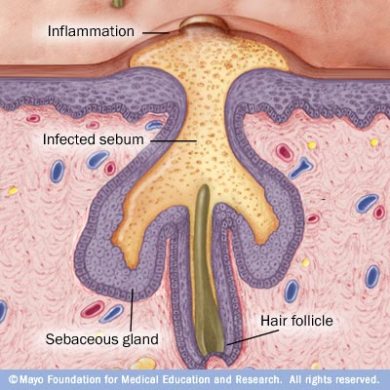Lemon Juice
Use lemon juice directly from the lemon on areas affected with blackheads two to three times a day. The juice will help tighten your pores and make the environment of the face less prone to blackheads. Limes will work just as well if no lemons are available.
Rose & Oatmeal Mask
This treatment is great to get rid of the blackheads you already have and prevent future break outs. Mix oatmeal powder with rose water to make a paste. Spread the paste on your face with fingertips and allow it to sit for 15 minutes before rinsing. Focus on the T-zone and other problems areas like the chin. Rinse this blackhead removing mask off with cold water. The cold water closes the newly cleaned pores, protecting against future blackheads.
Potatoes
Grated raw potatoes can be used to treat all kinds of skin problems including pimples, wrinkles, whiteheads and blackheads. Pack potatoes directly on problem areas to extract blackheads.
Radish Seeds
A paste made out of ground radish seeds and water applied to the face right on the site of a blackhead is an effective blemish remover. Leave the paste on for about 15 minutes before rinsing with warm water.






